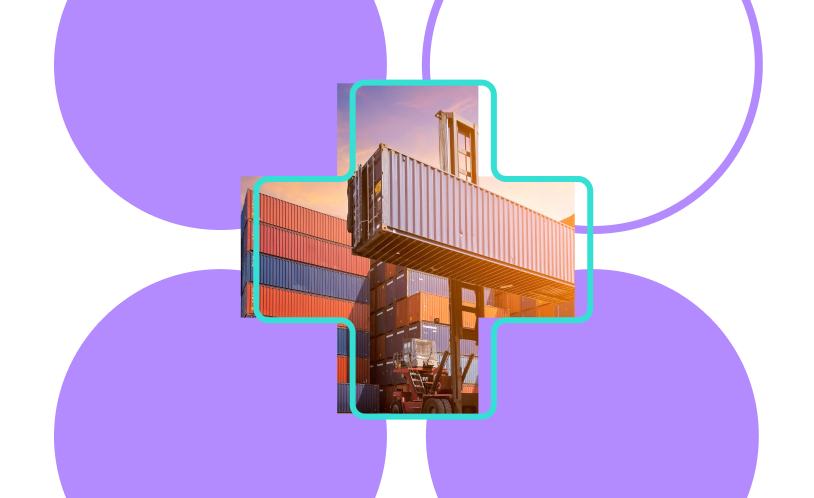If you’re not as of now utilizing partial truckload, you may not realize it exists, due to how immensely underutilized it is by shippers, surprisingly, it may even offer the most advantages.
Partial truckload is the forgotten middle child between less than truckload (LTL) and full truckload (FTL). It is occasionally called “volume LTL” by certain carriers who offer it. When your shipment is too oversized for LTL (1,000 full collection of Hardy Boy books?) and too small to even think about filling a full truckload, odds are you have the ideal partial truckload shipment in your hands.
Here’s a quick rundown of how to judge of partial truckload is right for you:
- You ship 5,000 pounds or more utilizing an LTL transporter
- You ship 10,000 pounds on a full truckload because it’s less expensive than LTL
- You ship at least ten pallets as a full truckload however don’t utilize all the space
- Your freight is light yet occupies sufficient space to make LTL cost-restrictive (eke low density)
- Your LTL bearer interlines your freight, bringing about greater expenses and travel times
Compare trucking rates in seconds
Excess available space had Asia – US West Coast rates fall 29% in June, while prices have decreased only 4% so far in July.
How Partial Truckload Shipping has grown in recent times
Recent studies show that the expected increase in the number of requests for new truckload freight trailers is solid. And these trailers don’t typically go to private or committed fleets. Rather, they’re entering the general market, which is a plus.
Additionally, truckload carriers keep attempting to get more loads per truck, expanding the accessible limit. In other words, they’re trying to fill up the trailers…which is even easier with partial truckloads.
Benefits of partial truckload shipping.
Although partial trucking seem mighty similar to to LTL, there are some specific benefits of partial truckload that set it apart. How is our golden child of partial truckloads different? Thought you’d never ask.
Diminished Handling
LTL commonly experience various handling points during their travel. LTL is as often as possible loaded and unloaded onto various trucks, following a hub and spoke model, before arriving at their destination. This is as close to a death sentence for fragile cargo as you can get.
This isn’t the situation for PTL shipments. Requests are received at the point of origin and unloaded from the original truck once they arrive at their destination. This lessens the chance of damages from numerous handlings, as there are fewer occurrences where they can happen. Think of it as flying around the world…without any stopovers.
Higher Skid Count
Partial truckload shipments are intended for shippers moving 4 to 16 slides (aka skids aka pallets – feeling like an insider yet?), while LTL requests normally account for just a handful of pallets on a truck.
Fewer Stops
PTL shipments are handled less, given the difference in travel length. Normally, to finish a significant distance LTL haul, the product is loaded, unloaded, and reloaded onto a few different trucks, and stopping at least at one terminal en route.
With PTL shipments, this doesn’t occur, the truck conveying your load will finish the trip from the starting point to the final destination.
No Freight Class
A product’s class has a huge impact on LTL costs. That isn’t the situation for partial truckload, as no freight class is required for shipment. This can spare you from reclassification charges, other accessorial expenses, and some extensive pre-shipment applications. Just take measurements of your pallet, and you are prepared to ship.
Amongst other options, when do you choose Partial Truckload Shipping?
The best approach to selecting a partial freight shipping choice is by considering the goods you’re looking to ship. Most times, it might appear as though the shipment could either fall between an LTL and a PTL shipment or an FTL and a PTL, yet settling on a choice will often be based on the specific needs of your load.
Chief among these considerations is size. Partial Truckload shipments are frequently characterized as shipments that measure in the huge space of 5,000 pounds and 38,000 pounds. If your shipment weighs less, it ought to be considered for LTL. Any more than the 38,000 pounds and TL is your best choice.
Another approach to deciding if PTL shipments make sense is the number of pallets utilized by your load. If it requires five pallets or less, it is a possibility for PTL shipping.
If your shipment is huuuuuge but doesn’t weigh a full ton, it should be sent through PTL. Loads like this are viewed as low-density, and as a result of their size, for the most part, don’t fit the qualifications for LTL, yet don’t generally require the service of a TL shipment.
If your shipment is particularly delicate or you don’t need it to be handled too often in any capacity whatsoever, PTL shipments are an incredible choice. Since they remain on one truck the whole time they’re in travel, they aren’t handled as much as the comparable LTL alternatives, which is frequently passed from truck to truck while in transit to its destination.
How Partial Freight Shipping Can Make You More Competitive
As we mentioned, PTL shipments are a fairly well-kept secret in the industry. Since most don’t realize that PTL shipping is an option, many pass the entirety of its advantages.
If you’re a business who needs to ship something sensitive or requires your cargo stick to deadlines, approaching your carrier for the PTL alternative will guarantee that your goods are conveyed quickly without hanging out and burning time at depots instead of getting straight to your customer.
Conclusion
Partial truckload doesn’t simply profit shippers—it also allows carriers who have additional room on their trailers to top up their trucks. Running an empty backhaul is a major worry for a lot of carriers. It’s an enormous misuse of assets and a loss of business opportunity to most, partial trucking provides a balance for these companies.
To read more about the freight trucking industry, check out our other blogs, including ‘How To Calculate & Understand Freight Trucking Rates’, ‘The Beginners Guide To Trucking’, & more here!



